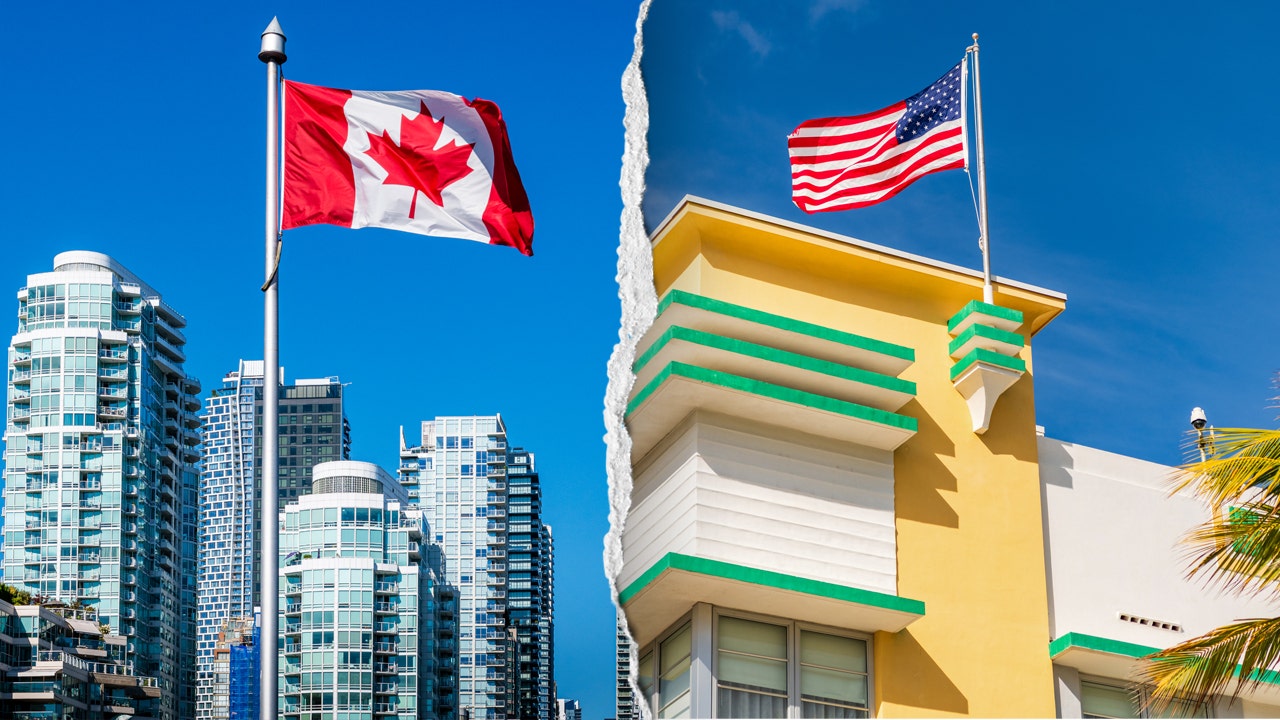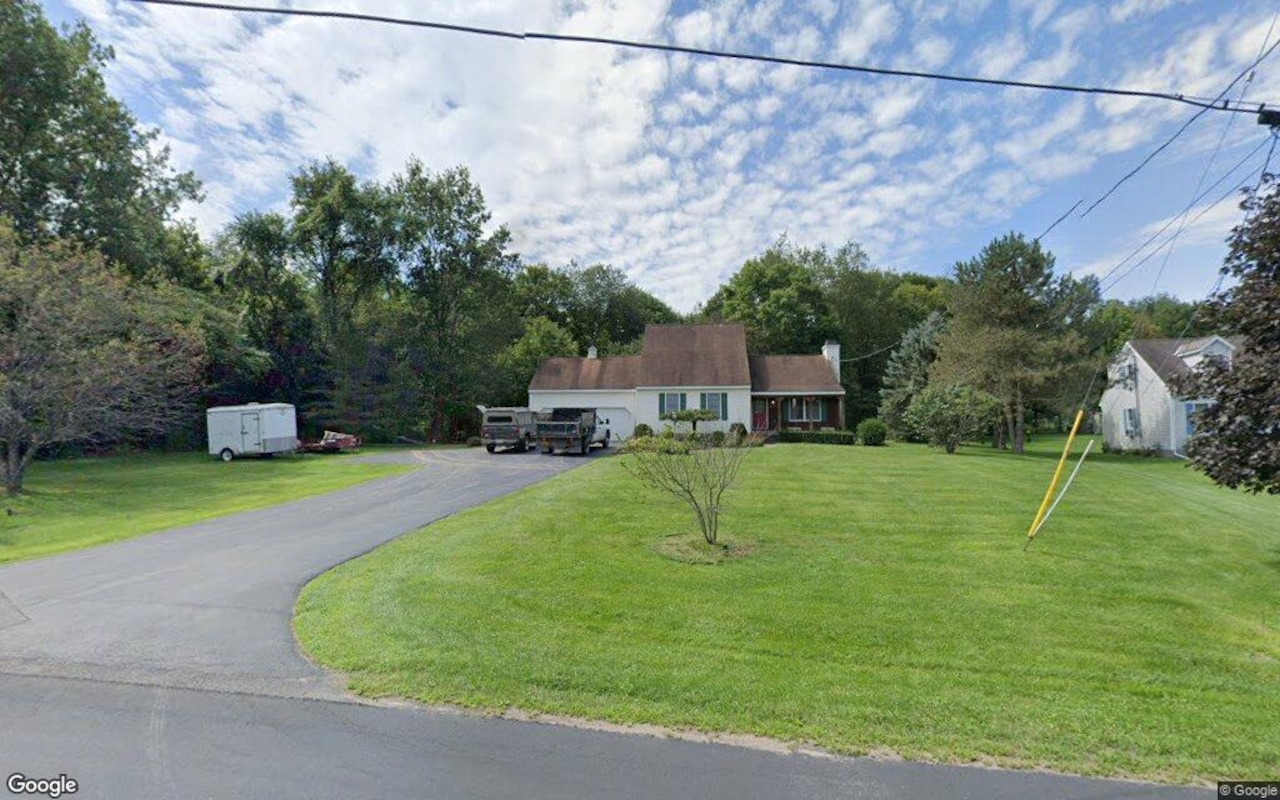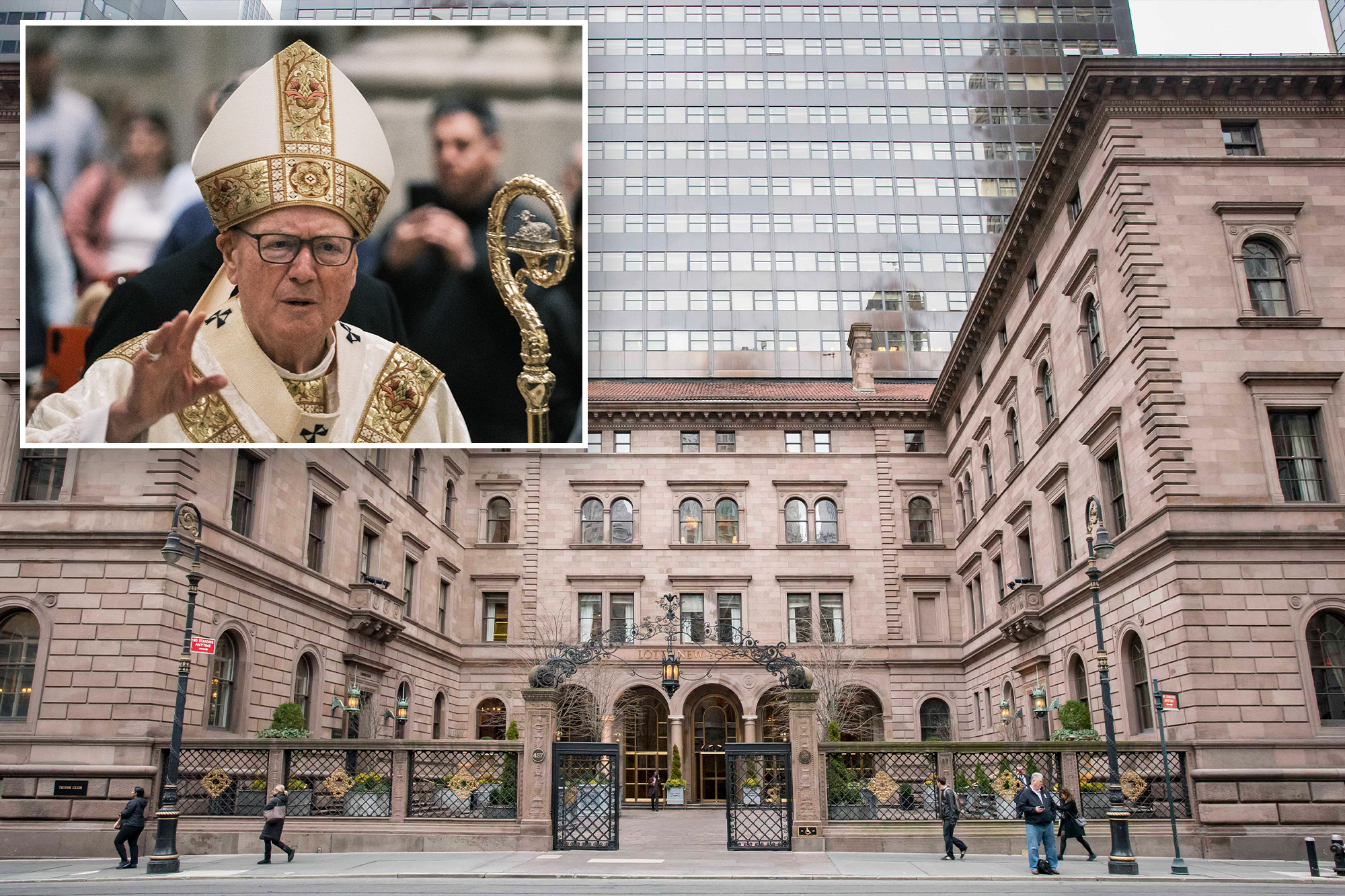F
lorida’s sunny real‑estate scene is now feeling a cold draft that comes from the north. Canadian owners, who have long been among the biggest foreign buyers in the U.S., are beginning to unload their Florida properties as trade tensions rise, tariffs loom, and the Canadian dollar weakens, making ownership costlier than ever.
“We’re seeing a sharp uptick in Canadian clients calling us to list their homes right as the season kicks off,” said Senada Adzem, Douglas Elliman’s Florida director of luxury sales. “They believe this is the ideal moment to sell.” Canadians traditionally account for roughly 13 % of all foreign U.S. property buyers, but recent data from Realtor.com shows a drop in Canadian search activity in Florida. Adzem cites three main reasons for the exodus: higher holding costs, volatile exchange rates, and a growing sense that they are less welcome in the United States.
“First, the cost of owning Florida real estate has risen,” she explained. “Second, trade tensions and the sharp swings in the U.S.–Canadian currency pair have influenced their decision. Finally, on a personal level, many feel they’re not as embraced here.” She added that while she reassures clients that the perception may not match reality, the sentiment often feels real.
The trade spat intensified when President Donald Trump halted negotiations with Canada after the country invoked former President Ronald Reagan’s tariff rhetoric to criticize U.S. policies. Trump retaliated with a 10 % tariff on Canadian imports, on top of an existing 35 % duty, a 25 % automotive surcharge, a 40 % transshipment penalty, and new immigration registration rules for Canadians in the U.S. These measures have amplified uncertainty for Canadian investors.
Exchange rates have also become a major factor. As of Wednesday, one Canadian dollar was worth about 72 U.S. cents. “Clients often point to steel tariffs and other Canadian goods, but the overarching tension between the two nations creates economic uncertainty that affects how they invest and spend,” Adzem said. “The volatility in trade negotiations has reshaped sentiment and introduced a layer of unpredictability.”
When it comes to the cost of maintaining U.S. real estate, Canadian buyers face the added burden of a fluctuating currency. “The Canadian dollar’s swings against the U.S. dollar mean that the real cost of owning a Florida property has climbed,” she added. “Many of the snowbirds we work with feel it’s become increasingly expensive to enjoy their winters here.”
Adzem notes that high‑net‑worth clients are strategically repositioning their assets amid these tensions. They consult a range of advisors—real‑estate, investment, and financial—to assess how trade dynamics affect their personal and financial situations. The result is a careful balancing act between lifestyle desires and economic realities.
“Regardless of whether they’re from Ontario or Quebec, these owners want to feel proactive rather than reactive,” she said. “They’re making deliberate choices for themselves and their families.”
This wave of Canadian sellers could reshape South Florida’s market by increasing inventory. “Prices are likely to stay broadly similar, but the added supply will help meet demand from domestic buyers, especially those coming from California and New York,” Adzem said. She dismissed concerns about oversaturation, noting that growth is still possible before the market reaches a tipping point.
“We’re anticipating sustained demand,” she added. “Florida’s governor has been active in boosting infrastructure to accommodate new buyers, which supports continued growth.” Adzem described the shift as a realignment: “Real estate is driven by emotion, and when people feel more secure, they’re more inclined to purchase.”
The influx of Canadian sellers, driven by trade friction, tariff fears, a weak Canadian dollar, and a perception of reduced welcome, is poised to alter the dynamics of Florida’s real‑estate market, bringing more inventory and potentially moderating price growth while sustaining demand from domestic buyers.













